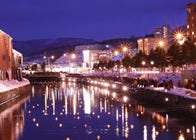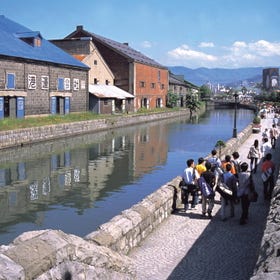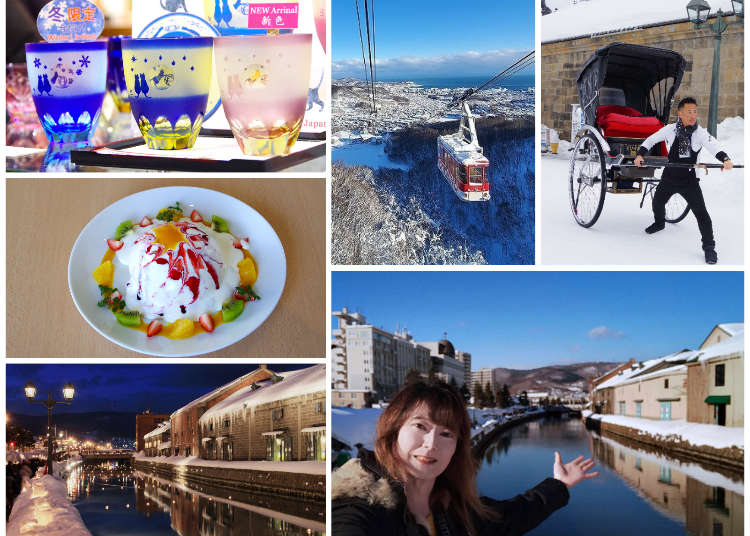
Otaru in Hokkaido is a charming city known for its nostalgic streets and the Otaru Canal. Filled with glass shops like Kitaichi Glass and sweet shops like LeTAO, it's perfect for leisurely strolls and shopping. In winter, the city transforms into a snowy wonderland, with skiing on Mt. Tengu, mesmerizing night views, and the enchanting Otaru Snow Light Path Festival. Travel creator Nobuka is here to guide you through a recommended one-day plan to enjoy a winter trip to Otaru fully.
- Table of Contents
-
- Insider Tips from Travel Pro Nobuka
- The Charms of Otaru and Tips for Enjoying a Winter Trip
- Getting To and Around Otaru
- Recommended One-Day Winter Itinerary in Otaru
- #1. Exploring the Iconic Otaru Canal
- #2. Guided Rickshaw Tour
- #3. Lunch & Sweets at LeTAO Pathos
- #4. Exploring Otaru's Legendary Glass Brand, Kitaichi Glass
- #5. Taking a Scenic Ride on the Mt. Tengu Ropeway
- #6. Enjoy the Sparkling Night at Otaru's Night Spots
- Recommended Tours to Enjoy Winter in Otaru
Insider Tips from Travel Pro Nobuka
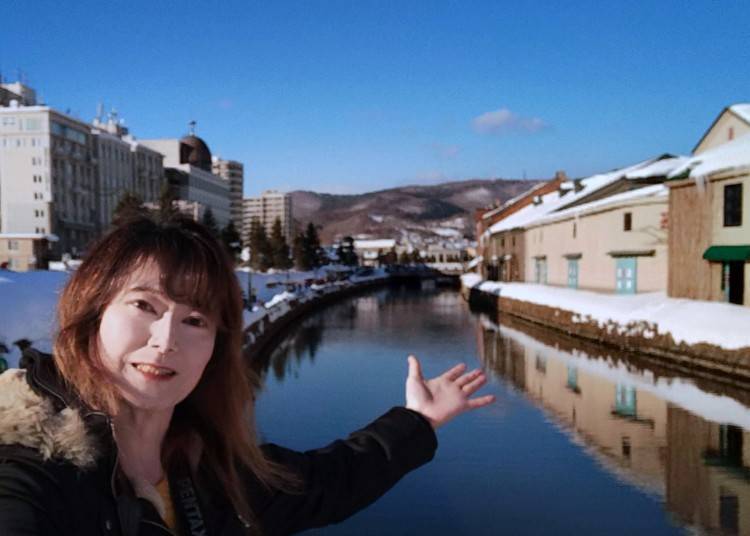
Nobuka is a tourism pro who has traveled across Hokkaido for over 15 years while penning over 1,000 travel articles for magazines and websites. Drawing from those years of experience, Nobuka shares insights and advice on making the most of your travels in Hokkaido, offering tips and recommendations to enjoy destinations across the region.
The Charms of Otaru and Tips for Enjoying a Winter Trip
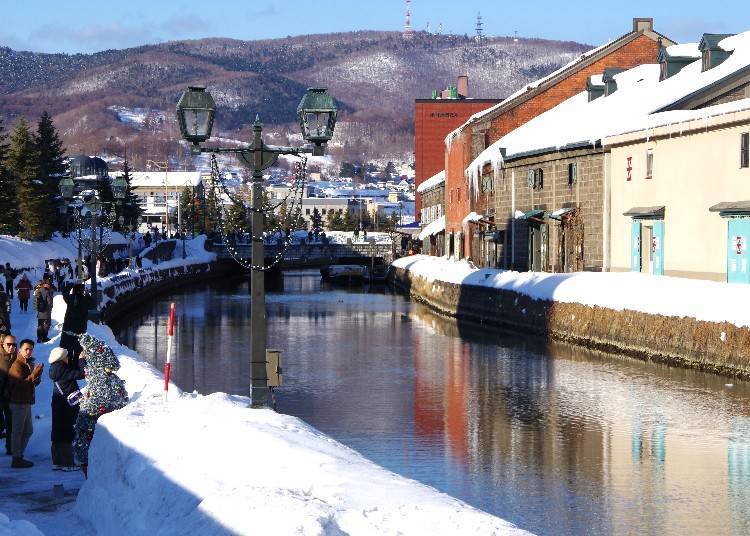
Brief History of Otaru
Otaru is a port town near Sapporo, the largest city in Hokkaido. The streets are adorned with historic buildings dating back over a hundred years, now transformed into tourist attractions, eateries, and souvenir shops. It's a place where you can enjoy strolling around and shopping with a camera in hand.
Understanding the history of Otaru, including why it's home to numerous historical sites like the Otaru Canal and other classic buildings, enriches your travel experience. Here's a brief overview of its history:
During the late 19th to early 20th centuries, Otaru thrived as a trading port, once serving as the economic hub of Hokkaido. However, with Sapporo emerging as the central city and logistics dispersing across various locations, Otaru underwent a transformation into a tourist destination from the 1980s onwards.
The canal, originally constructed in 1923, fell into disuse in the 1960s. In 1986, parts of it were reclaimed and developed into the Otaru Canal, now one of the city's premier tourist spots. Other disused buildings, including stone warehouses, merchant offices, and grand bank buildings found throughout the city, have been repurposed into various tourist facilities, like glass shops, music box stores, cafes, sweet shops, art galleries, and museums.
Because of this history and many preserved buildings, Otaru offers unique nostalgic charms for visitors to enjoy.
Tips for Winter Fun in Otaru
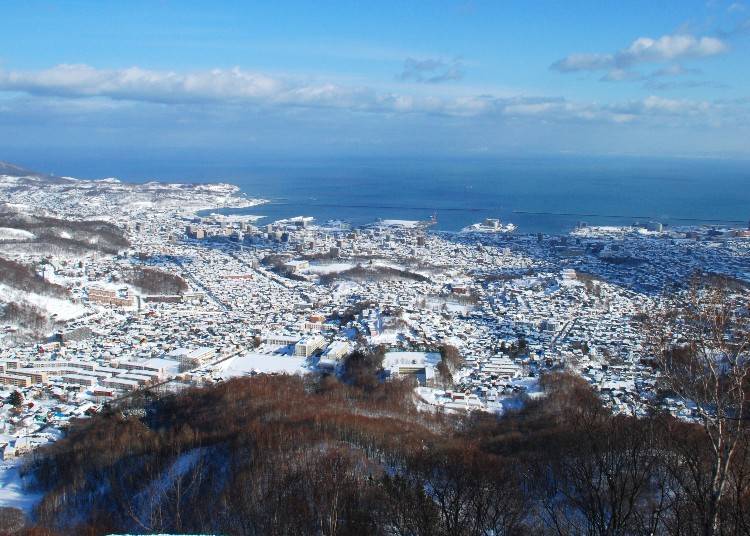
Among the snow-covered landscapes of Hokkaido in winter, Otaru stands out for its substantial snowfall. The city is blanketed in snow from late December to mid-March, offering picturesque scenes throughout. Just a 10 to 20-minute drive from the city center, you'll find destinations like the Otaru Tenguyama Ski Resort and Asarigawa Onsen Ski Resort, making winter leisure easily accessible.
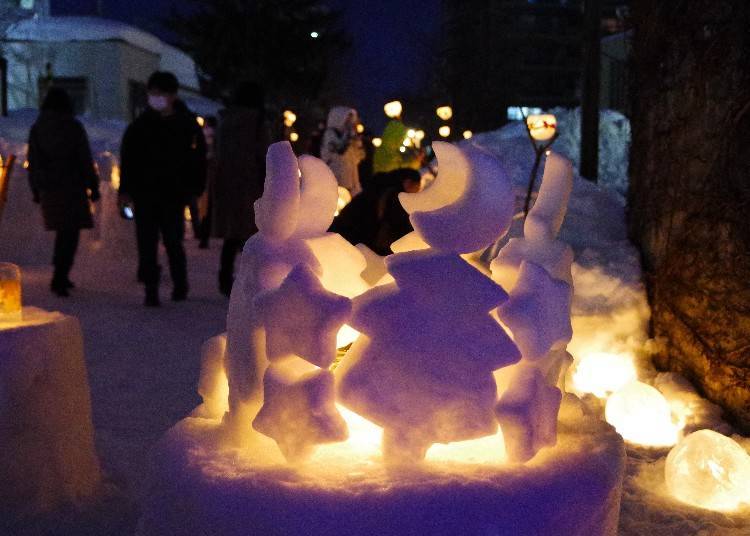
Taking advantage of abundant snowfall and the nostalgic cityscape, Otaru hosts the Otaru Snow Light Path event for around ten days in early February each year. Organized mainly by volunteers, the event encompasses the entire city.
As dusk falls, countless snow candles and snow sculptures are arranged throughout the streets, illuminating buildings and walkways with their gentle glow and creating picturesque scenes everywhere you look. The event attracts many visitors from overseas and has become one of Otaru's major annual winter attractions.
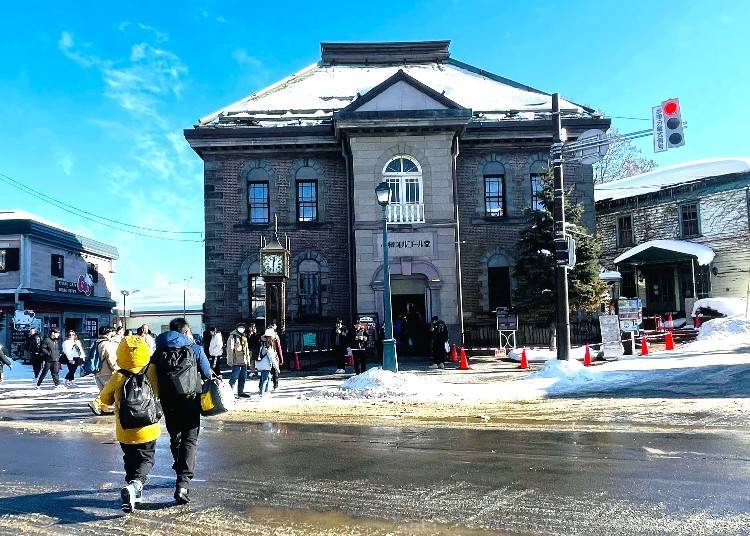
The main charm of winter in Otaru lies in its nostalgic harbor atmosphere and the picturesque snowy scenery. However, please be careful about your footwear. While some roads have in-ground heating to melt the snow, most places are slippery with snow and ice. It's essential to wear suitable shoes or use shoe grips to prevent slipping.
If you can't find suitable footwear in your area, you should consider purchasing them after landing but before heading outdoors. The terminal buildings of New Chitose Airport or stores near Sapporo Station are good shopping options before heading to Otaru.
Otaru is also hilly, so pay extra attention when descending slopes.
Getting To and Around Otaru
Getting from New Chitose Airport and Sapporo to Otaru
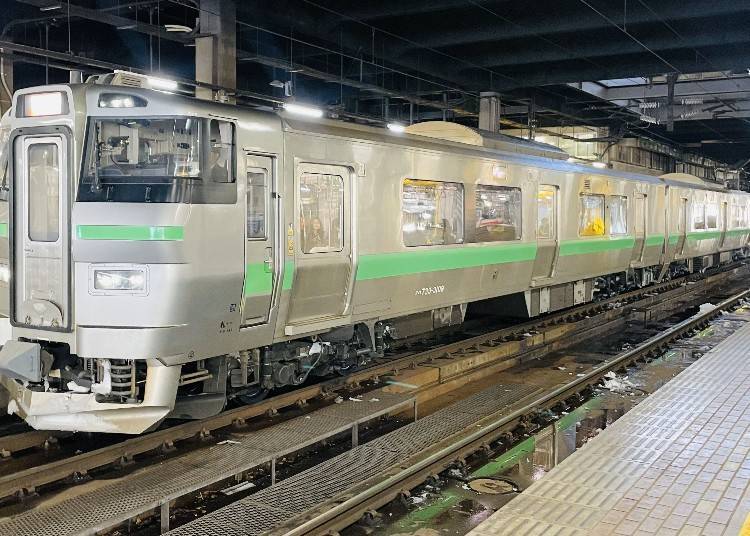
New Chitose Airport is the primary gateway to Otaru. Taking the train is the best option when traveling from the airport to Otaru. You can board the JR Line Rapid "Airport" train directly from New Chitose Airport Station, and it will take you to Otaru Station in about 75 to 85 minutes.
Since the Airport train passes through Sapporo Station on the way, you can also use this train when traveling from Sapporo to Otaru. The travel time from Sapporo to Otaru is approximately 35 to 40 minutes.
The Airport train departs approximately every hour between New Chitose Airport and Otaru, making it quite convenient. Additionally, for international travelers, you can use the "JAPAN RAIL PASS," which offers unlimited rides on JR lines within Japan, including those in Hokkaido.
However, please remember that trains may experience delays or cancellations during winter due to snow and wind. It's advisable to plan your schedule with some extra time buffer rather than catching the train at the last minute to ensure peace of mind.
Getting Around Otaru
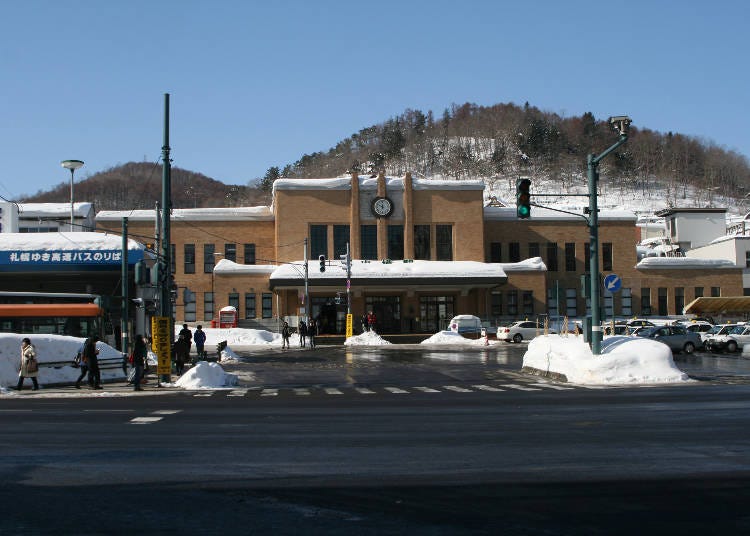
For exploring attractions like the Otaru Canal, Sakaimachi Street with its shops like LeTAO and Kitaichi Glass, and other central areas of the city, walking is the best way to get around. While some places may take more than 20 minutes to reach on foot, walking is very convenient for exploring Otaru's city center.
If you choose to drive, keep in mind that many tourist spots either lack parking or have limited paid parking options, often requiring you to park a bit farther away.
If you're visiting Otaru by train, Otaru Station is the starting point of your adventure. If you have oversized luggage, consider leaving it at your hotel or using the coin lockers at Otaru Station before exploring the city. Since sightseeing mainly involves walking, it's advisable to carry minimal baggage.
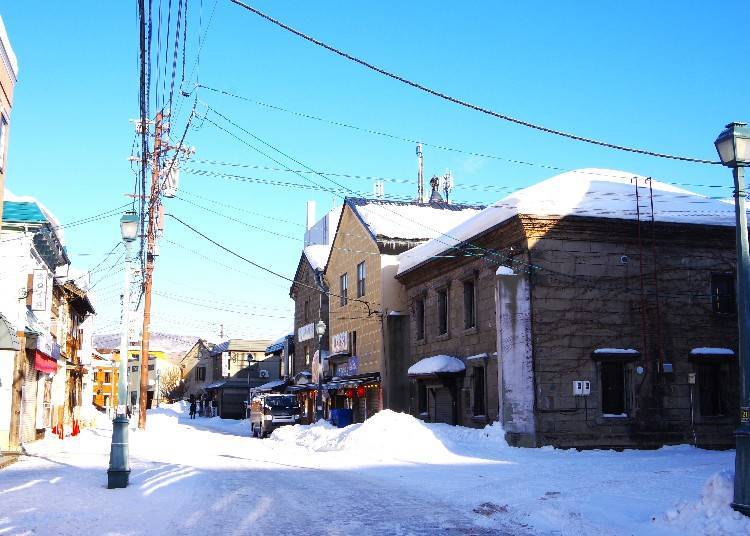
On the other hand, to visit attractions like the Otaru Tenguyama Ropeway for skiing or enjoying the night view, the Otaru Aquarium, or the Asarigawa Onsen within Otaru City and its outskirts, you'll typically use local buses, taxis, or rental cars.
Buses often depart from Otaru Station, or bus stops like "Honkyoku-mae" near Otaru Canal to various destinations. Note that buses departing from Otaru Station may have different boarding locations depending on their destination, with some stopping right in front of the station and others along the roadside, so pay careful attention when using them. While you can use IC cards (like Suica or Pasmo) for Japanese transportation when boarding buses, if you don't have one, prepare exact change for cash payment before boarding.
Renting a car in winter is not highly recommended. Snow-covered roads in snowy regions can be extremely slippery and often have poor visibility, making even local drivers hesitant. Unless you have experience driving in snowy conditions and are accustomed to it, it's safer to rely on trains or buses. Especially in Otaru, with its many slopes, encountering issues such as difficulty climbing snowy hills is common, so extra caution is required.
Recommended One-Day Winter Itinerary in Otaru
Here's a recommended itinerary for a full day of winter travel in Otaru. Nobuka has curated spots that showcase both classic attractions and unique experiences specific to winter in Otaru. You'll get to savor the essence of Otaru sightseeing while enjoying gourmet delights and shopping opportunities.
- Arrival at Otaru Station (10 AM)
↓ - Stroll along the iconic Otaru Canal, a must-visit spot in Otaru (10:15 AM)
↓ - Enjoy a guided sightseeing tour in a rickshaw (10:30 AM)
↓ - Lunch and sweets time at LeTAO Pathos (11:30 AM)
↓ - Shop at Kitaichi Glass, a long-established glass brand in Otaru (1 PM)
↓ - Take a ride on the Otaru Tenguyama Ropeway for breathtaking views (3:30 PM)
↓ - Explore the streets of Otaru at night (6 PM)
#1. Exploring the Iconic Otaru Canal
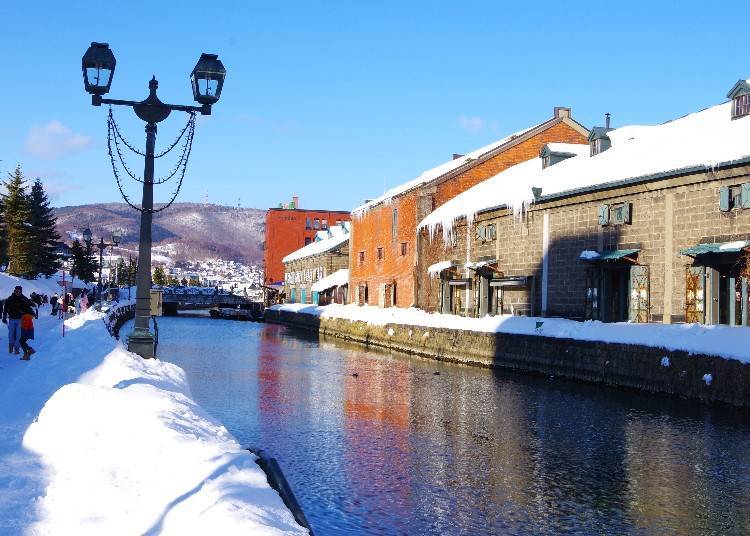
The Otaru Canal is the quintessential symbol of Otaru, often featured in tourism photography and postcards. It wouldn't be an exaggeration to say that almost every traveler to Otaru makes a stop here. The canal curves gracefully, lined with historic stone warehouses, creating a picturesque, photogenic scene.
To reach the canal from the station, head straight along the large road directly in front of Otaru Station. After about 10 minutes, you'll arrive at the Chuo Bridge, spanning the Otaru Canal.
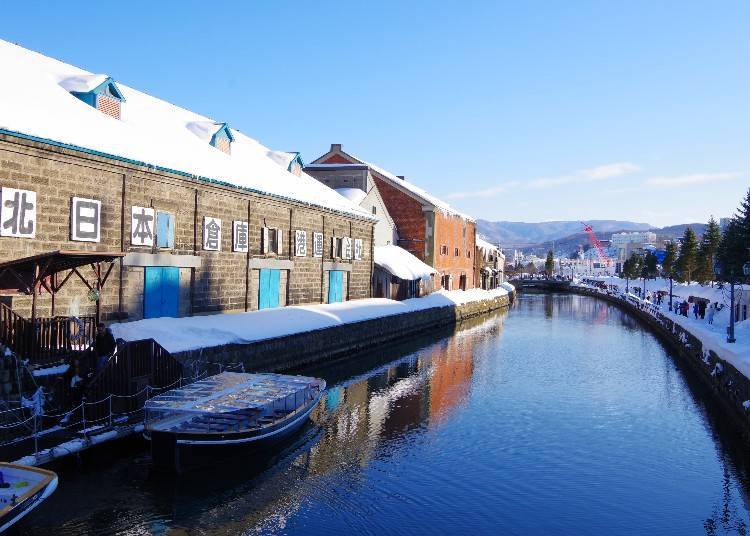
There are pedestrian walkways and promenades on the southern side of the approximately 1,140-meter-long canal. Landmarks like Chuo Bridge and Asakusa Bridge are particularly popular viewing spots.
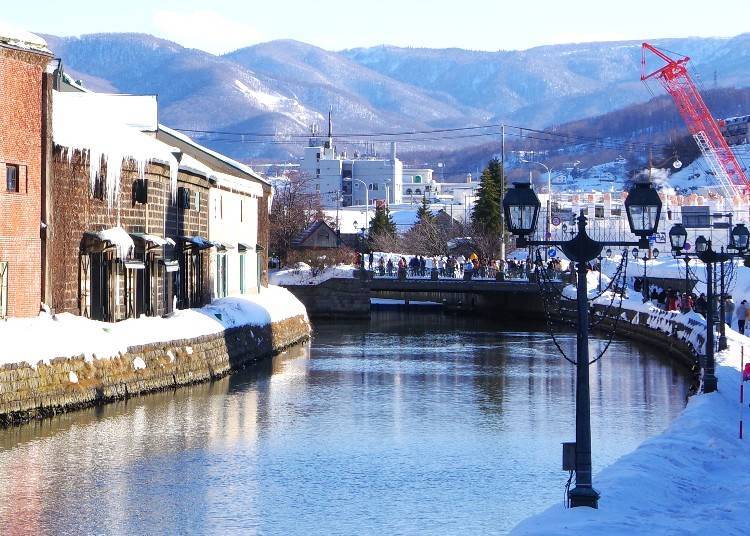
Next, head to another classic viewing spot, Asakusa Bridge. It's a 5-minute walk along the promenade with the canal on your left. However, when proceeding from Chuo Bridge or Asakusa Bridge to the promenade, be cautious as the ramp may become quite slippery.
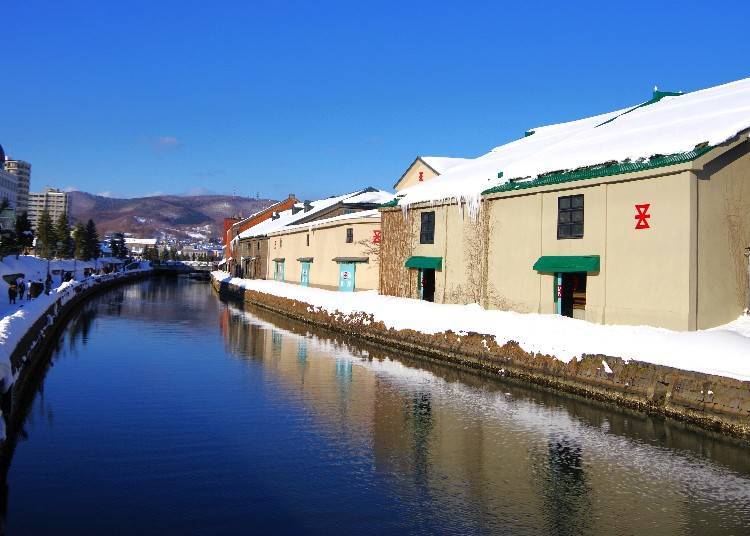
A frequently used image of Otaru on travel websites and in magazines is the view from Asakusa Bridge. The bridge is a popular spot among tourists and features a broad pedestrian walkway that extends like a terrace over the canal, resembling a spacious garden. The design makes it convenient for group visits and for taking memorable photographs.
- There are public restrooms along the promenade, but if you're concerned, it's best to use the restrooms at Otaru Station or a tourist location before exploring.
#2. Guided Rickshaw Tour
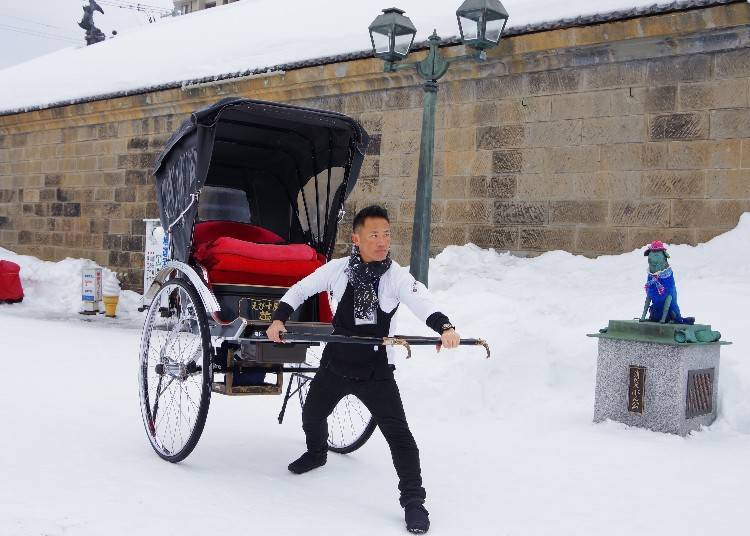
In Otaru, taking a rickshaw ride is also highly recommended for sightseeing. With knowledgeable guides familiar with the city and its history pulling the rickshaw, you can gain a deeper understanding of Otaru and even receive insider tips! You'll get to explore the classic tourist spots and some hidden gems a little off the beaten path.
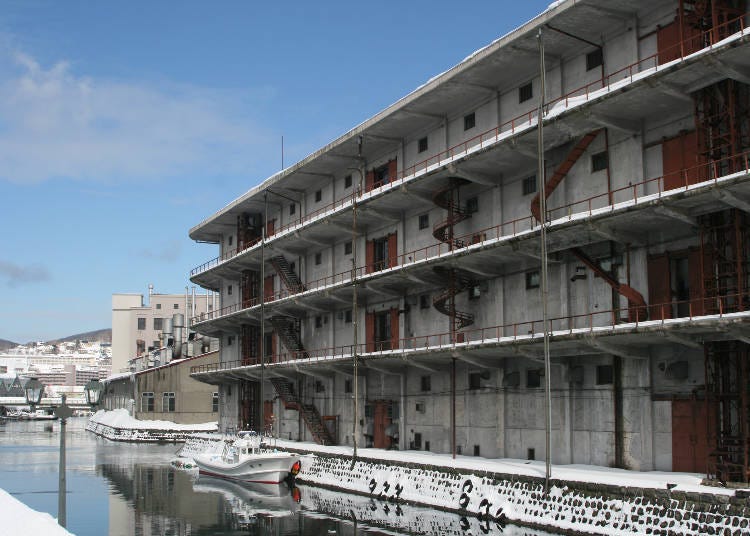
While it's preferable to make reservations in advance for rickshaw tours, you can still hire one on the day, if there's availability. Often, you'll find rickshaw guides stationed at Asakusa Bridge or Chuo Bridge, so if you're interested, feel free to approach them and inquire about a tour.
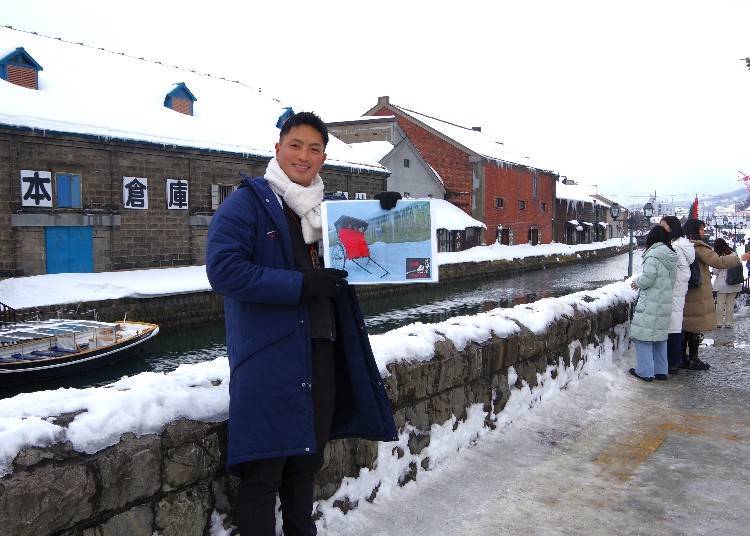
Each rickshaw accommodates two passengers. Fees vary depending on the number of passengers and the duration of the tour. The cost for the convenient 30-minute course is 10,000 yen for two passengers. If you prefer an English-speaking guide, you can request one for an additional fee of 1,000 yen with advance booking.
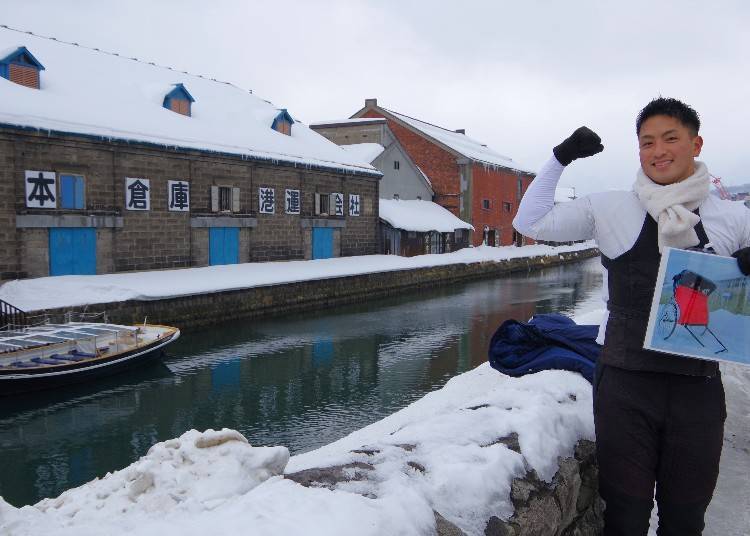
- Even in the dead of winter, you might be surprised at how cozy a rickshaw ride feels, with hand warmers and knee blankets provided.
-
Rickshaw Ebisuya Otaru人力車のえびす屋 小樽店
- Address 2-8-7 Ironai Otaru Hokkaido 047-0031
- Phone Number 0134-27-7771
・Hours: 9:30 AM - Sunset (Varies depending on the season)
・Closures: None
・Boarding locations: Asakusabashi and Chuo-bashi
#3. Lunch & Sweets at LeTAO Pathos
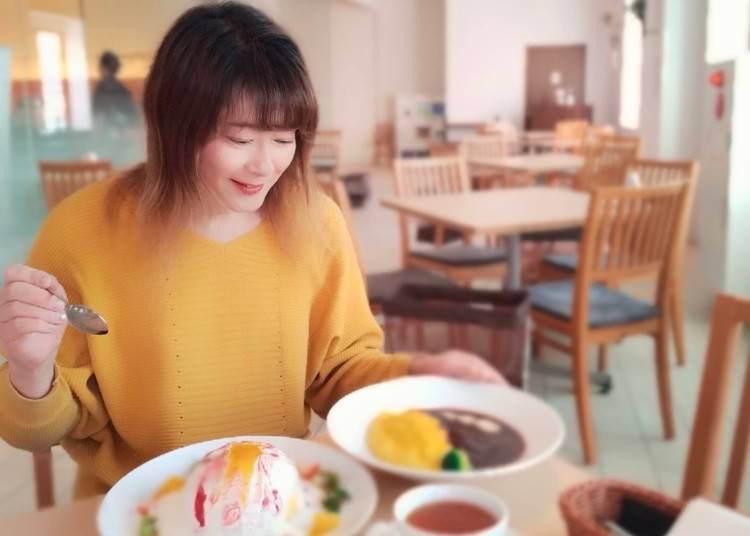
After enjoying the view of the Otaru Canal and a rickshaw tour, head to Sakaimachi Shopping Street for lunch and shopping. Sakaimachi Shopping Street stretches north to south, featuring numerous sweets shops, glassware stores, souvenir shops, and more, busy with tourists all year round.
It's about a 5-minute walk from Asakusa Bridge along the Otaru Canal to the northern end of Sakaimachi Shopping Street. It's about a 10-minute walk straight ahead without detours from the northern end to the southern end.
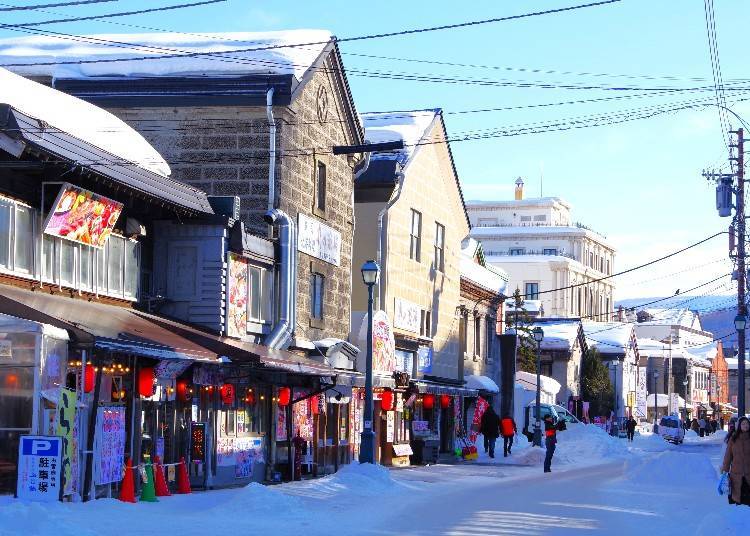
Our destination is LeTAO Pathos, which is located about midway along Sakaimachi Shopping Street. LeTAO is a well-known sweets brand in Otaru. Along with its main store in Otaru, there are several other branches throughout the city, as well as in Sapporo and New Chitose Airport. LeTAO Pathos is the largest store in Otaru. Here, you can enjoy lunch as well as shop for sweets.
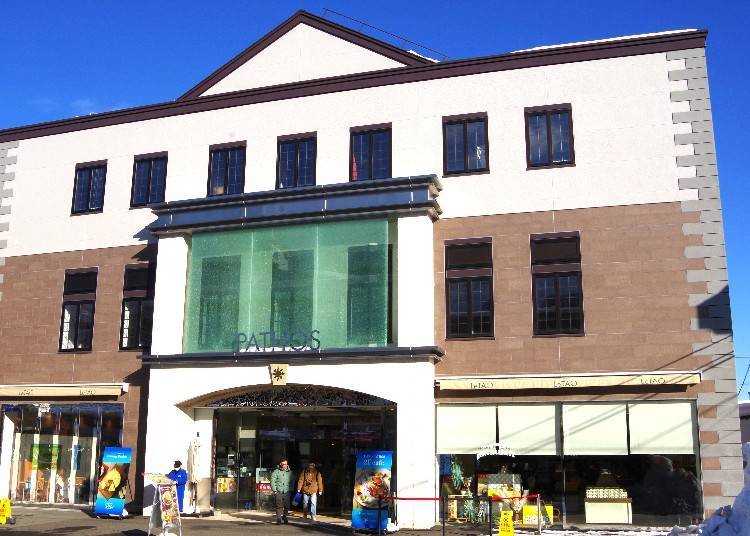
Upon entering the shop, you'll be greeted by a dazzling array of sweets. With so many to choose from, it's easy to feel overwhelmed, but some items have samples available, making it a bit easier to decide.
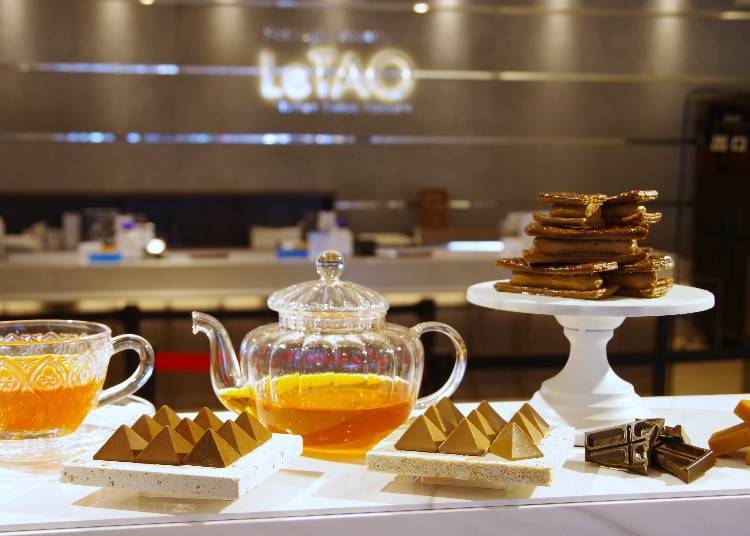
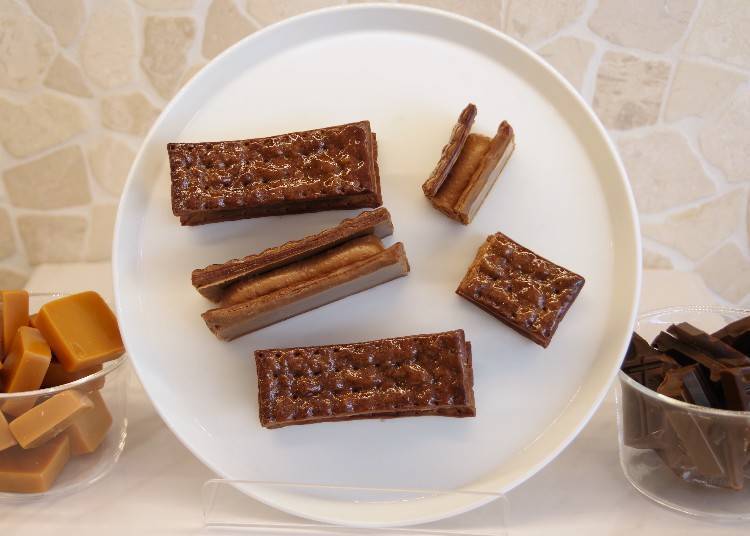
The Candance Caramel Chocolate pie is a bit of a rarity, not often found in other LeTAO stores around Otaru. But even rarer is the Honey Milk Cake Miaulait, sold exclusively at LeTAO Pathos.
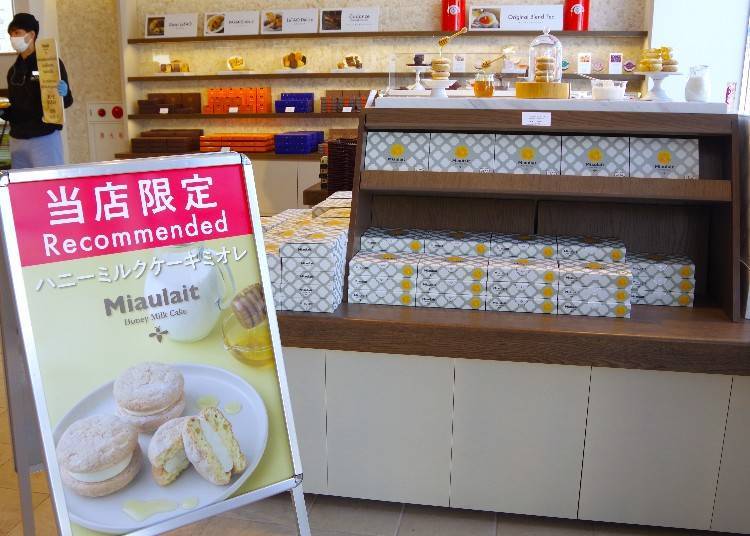
Looking towards the back of the shop, you might notice staff members distributing something.
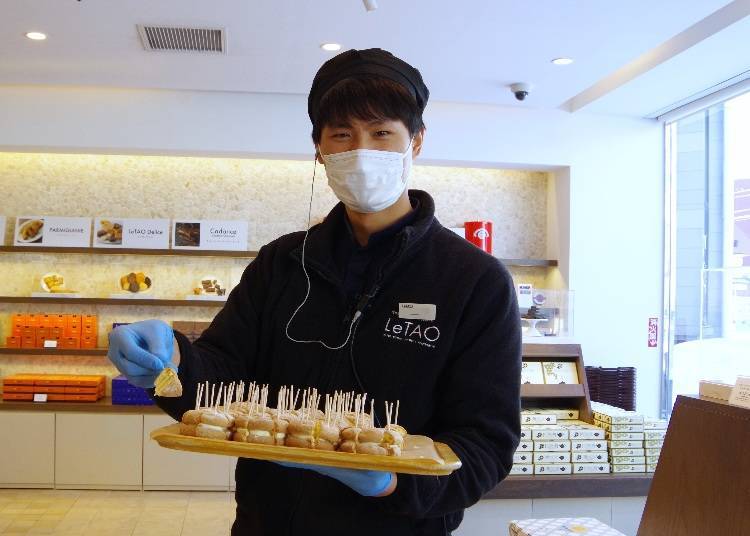
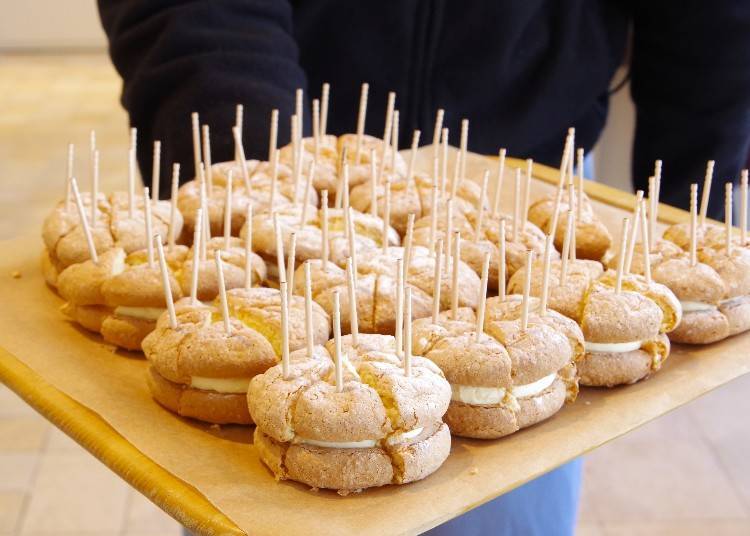
LeTAO occasionally offers samples of some of their sweets at the storefront or inside the shop. It's a delightful service as you get to taste before you buy.
Once you're done shopping on the first floor, head up to the second floor café to enjoy lunch and dessert!
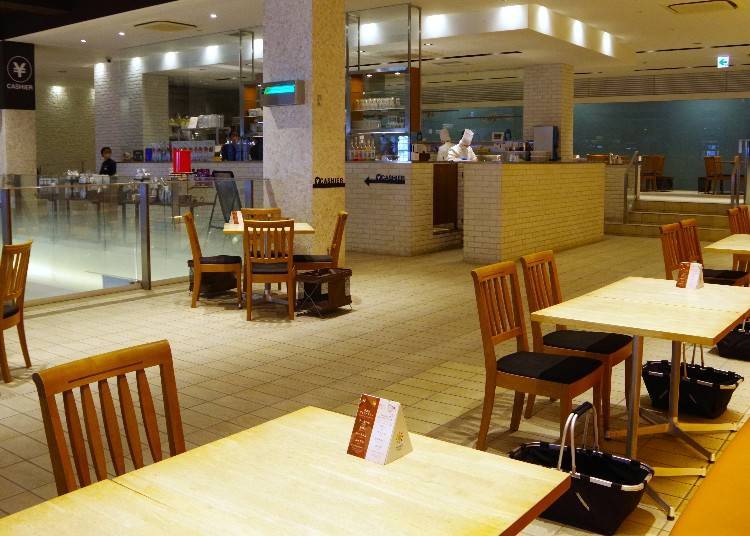
The café at LeTAO Patisserie has a one-order-per-person policy. You can enjoy lunch items such as pasta and omelets (available from 11 AM to 2 PM) as well as exquisite desserts unique to LeTAO. Nobuka has a few recommended items for both lunch and dessert.
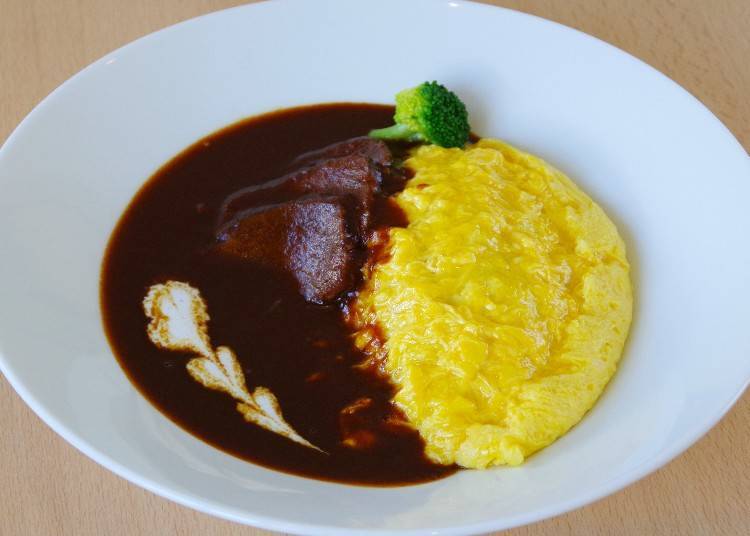
The omelette rice has a fluffy texture, and the Hokkaido beef stewed to perfection is incredibly tender, leaving a lasting impression. The sauce and buttered rice add depth to the flavors, making it a delightful dish.
Next, we have the most popular dessert, the Fluffy and Creamy Fromage Soufflé Pathos (with drink, 1,870 yen). This dessert is renowned for its experiential nature, and it is very video-worthy.

To start your taste experience, pour the Hokkaido cream cheese over the Fromage Soufflé, then add four kinds of sauce – strawberry, raspberry, blackcurrant, and tropical – one by one as toppings. Afterward, use a thin stick to create patterns.
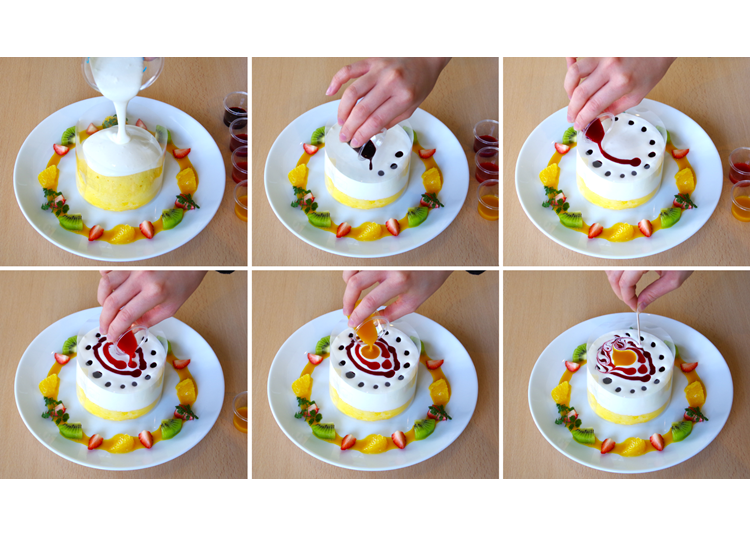
Starting top left to right, then bottom left to right.

The highlight of this interactive dessert experience is moments away, so, it's showtime!
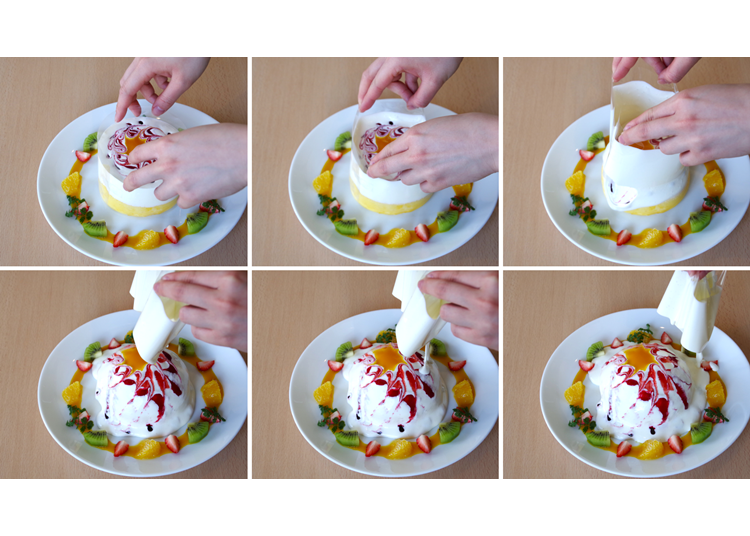
The moment you peel off the film, the cream cheese bursts out, spreading generously; it's a delightful sight. This is definitely a dessert experience worth trying!

The trick to making the sauce flow beautifully is keeping the topping and filming as brief as possible. If you wait too long after it's served, the cream cheese may solidify slightly, so enjoy the topping and filming without taking too long.
If you're worried about making a mistake, don't fret! You can always ask the staff to help with the sauce topping and even peeling off the film.
As for the taste, it's milky and rich yet refreshing. The soufflé, which cuts smoothly with a spoon, is wonderfully airy and pairs perfectly with the cream cheese. It's not just about the presentation and the build-up to the finished product; the exquisite taste is also a highlight.
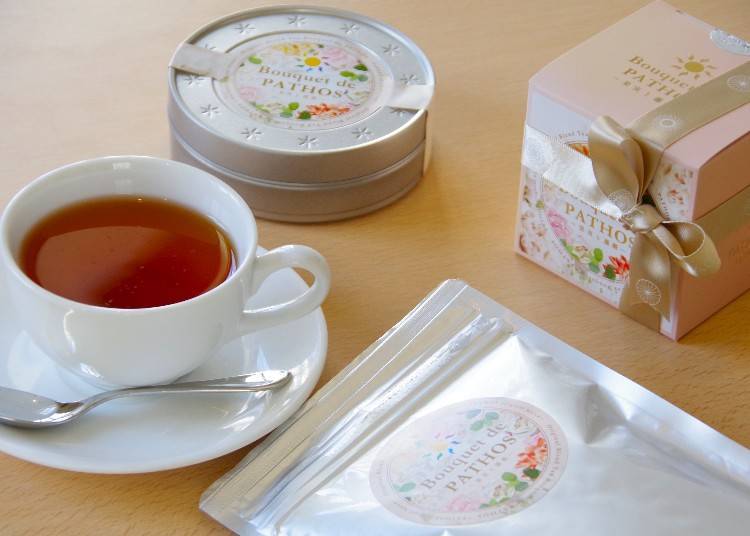
After lunch and dessert, Nobuka chose the Bouquet de Pathos - Fruits and Roses tea set. It's a blend of lemon, apple, raspberry, and rose, offering a fruity freshness with a delicate rose aroma, delivering a delightful taste sensation.
Afterwards, take a leisurely stroll through Sakaimachi Shopping Street and explore the shops. Just a 5-minute walk from LeTAO Pathos is the LeTAO Main Store, facing the Marchen Intersection at the southern end of Sakaimachi Shopping Street. They also offer exclusive sweets, so it's definitely worth checking out.
- If you want to spend some leisurely time at LeTAO, it's best to visit in the morning or early afternoon, as it tends to get crowded later in the day.
- Inside the shop, you'll find signage not only in English but also in Chinese, Korean, Thai, and other languages. They also have multiple international staff members, making it more convenient for overseas travelers.
-
LeTAO PATHOSルタオパトス
- Address 5-22 Sakaimachi, Otaru, Hokkaido 047-0027
・Phone number: 0120-314-521 (LeTAO Information)
・Hours: Shop: 9 AM - 6 PM, Café: 10 AM - 6 PM (Last order 5:30 PM)
・Closed: Open daily
#4. Exploring Otaru's Legendary Glass Brand, Kitaichi Glass
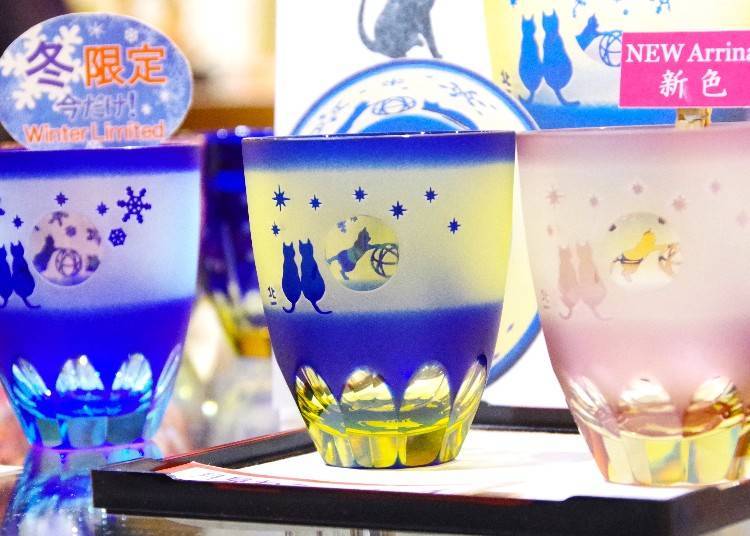
On Sakaimachi shopping street, there are plenty of shops to explore, but one you shouldn't miss is the Kitachi Glass San-goukan (Kitachi Glass Building No.3). It's just a 3 to 5-minute walk from where you had lunch at LeTAO Pathos.
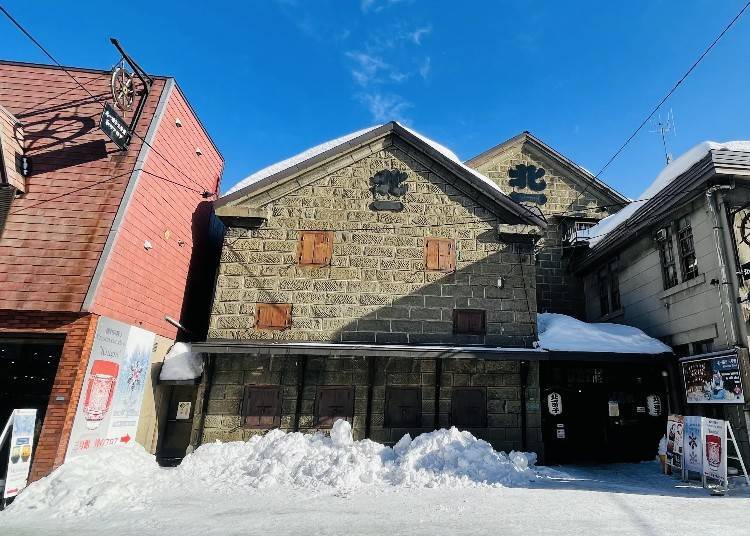
Kitachi Glass is a well-known glass brand that represents Otaru. It has multiple stores throughout the city, and among them, the Kitachi Glass Building No.3 is a popular tourist destination.
The history of Kitachi Glass dates back to 1901 when it started manufacturing and selling oil lamps and fishing floats. In the 1980s, an old building in the harbor warehouse district was renovated into a tourist gallery, leading to the opening of Kitachi Glass Building No.3. As tourists started to visit the store, other tourist spots began to appear around it, eventually forming the present-day Sakaimachi Shopping Street.
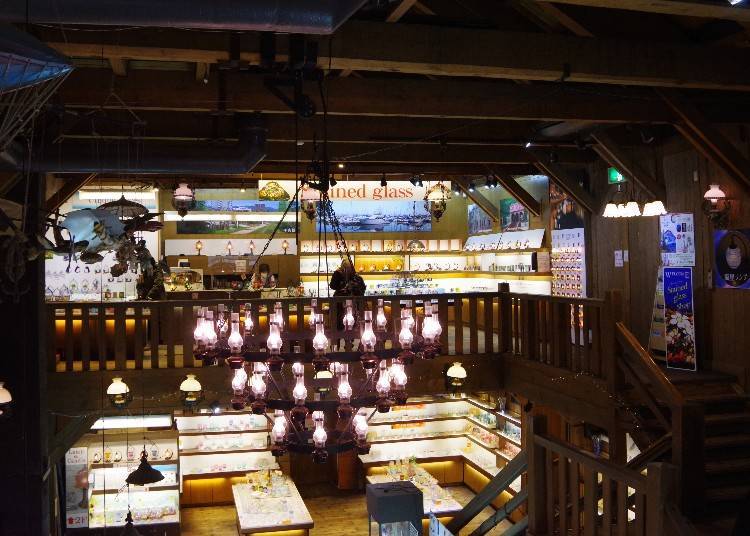
The shop is divided into three sections: the Japanese Floor, the Western Floor, and the Country Floor, each featuring glassware, tableware, lampshades, and more tailored to their respective themes. There are numerous seasonal colors and shapes, making it both visually stunning and exciting to explore.
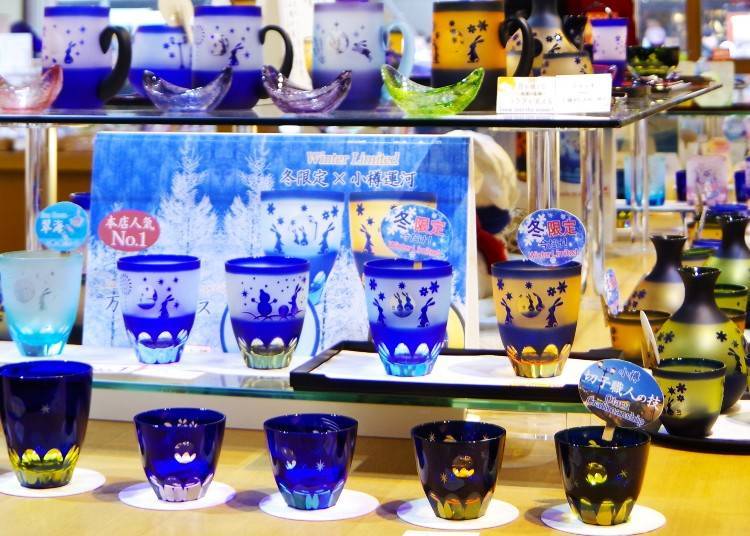
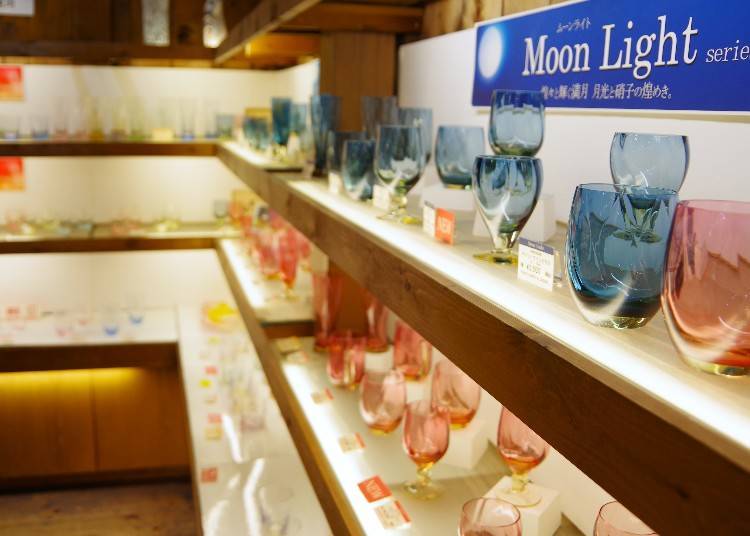
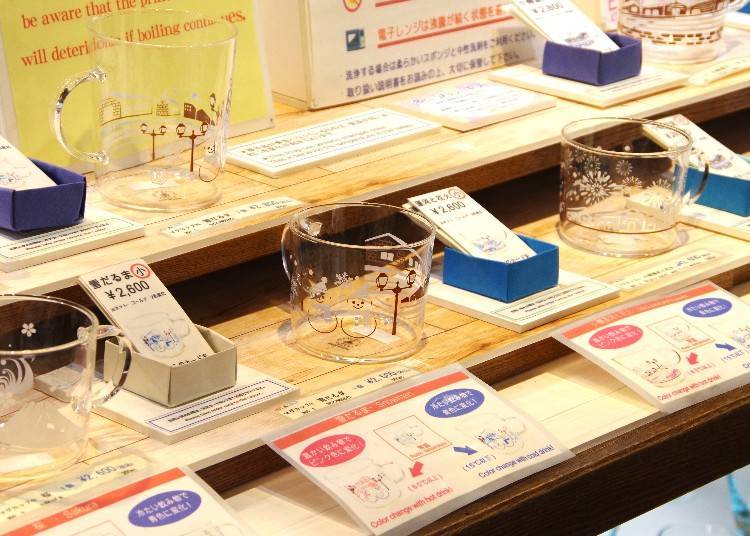
All of Kitaichi Glass's products are handmade individually, so even similar items may have subtle variations, adding to their charm. Feel free to compare and find your favorite piece. Some parts of the store have English, Chinese, and Korean signage, and tax-free services are also available.
However, please remember that photos and videos inside the store are not allowed. (The photos in this article were taken with permission from Kitaichi Glass and with the presence of Kitaichi Glass staff.)
- Next to Kitachi Glass Building No.3 is Kitaichi Hall, a café illuminated by 167 oil lamps and a popular spot often with waiting lines to get in. If you have some spare time, it's definitely worth taking a peek inside this enchanting café.
-
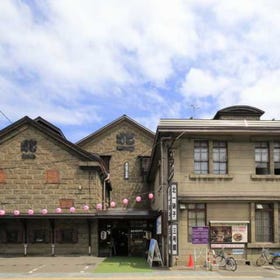
-
Address
7-26, Sakaimachi, Otaru-shi, Hokkaido, 047-0027
View Map -
Nearest Station
Minami-Otaru Station (Hakodate Main Line)
- Phone Number 0134-33-1993
-
Address
7-26, Sakaimachi, Otaru-shi, Hokkaido, 047-0027
#5. Taking a Scenic Ride on the Mt. Tengu Ropeway
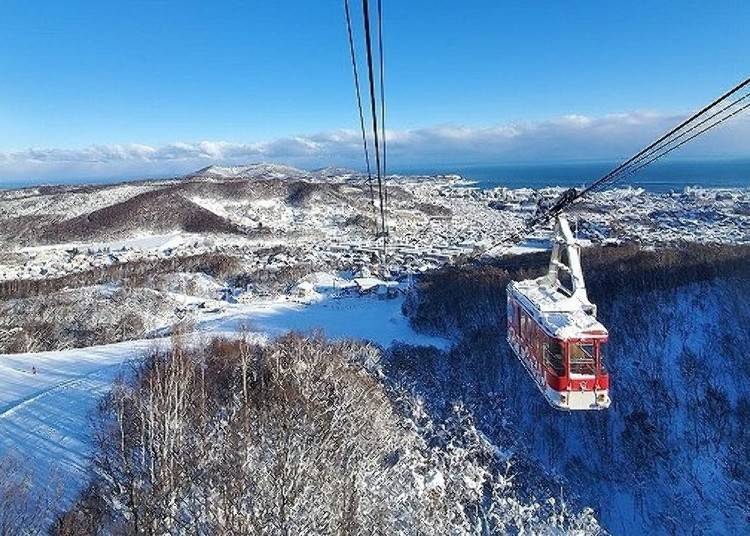
After eating and shopping on Sakaimachi Shopping Street, head to a breathtaking spot overlooking the Otaru cityscape: Mount Tengu. You can get near the summit via the ropeway, where you'll enjoy stunning views of Otaru and the sea from the observation deck. Plus, there are cafés and shops to explore as well.
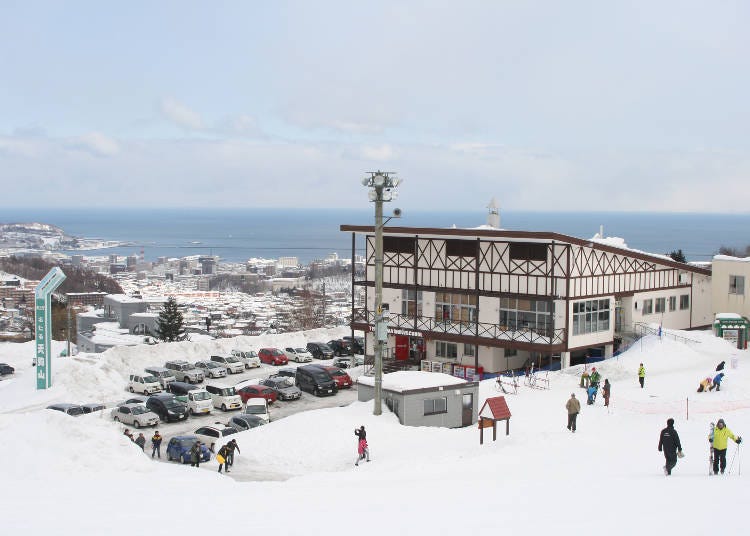
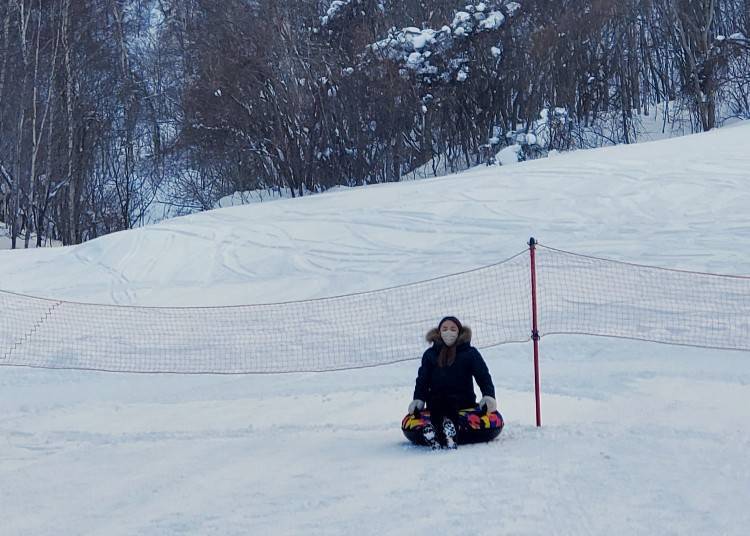
Mount Tengu is accessible via the Tenguyama Ropeway bus, which departs from in front of Otaru Station. Ride until the final stop, then transfer to the ropeway and alight at the mountaintop station. The bus ride takes about 20 minutes and generally departs every 30 minutes.
After departing from Otaru Station, the buses stop at Honkyoku-mae bus stop, which is relatively close to Otaru Canal and Sakaimachi Shopping Street. So, it's a convenient bus stop to use instead of going back to Otaru Station. However, if you have your hands full with shopping bags, it might be easier to return to the station and use a coin locker before heading to Mount Tengu.
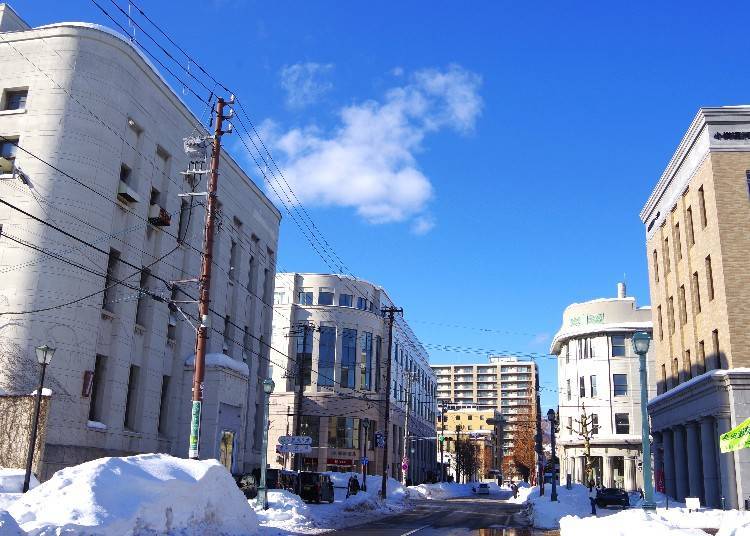
Once you've reached the end of the bus route, head over to the ropeway boarding area. There are departures approximately every 12 minutes, with additional service during peak hours. After 3 PM, when more visitors come for the evening views, the ropeway area gets busy, especially around 4 PM. To avoid the crowds, arriving earlier in the day for a more relaxed ride is best.
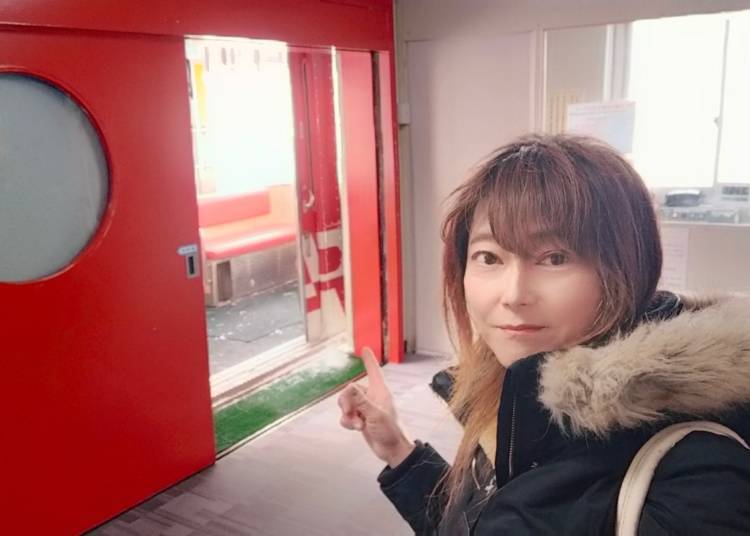
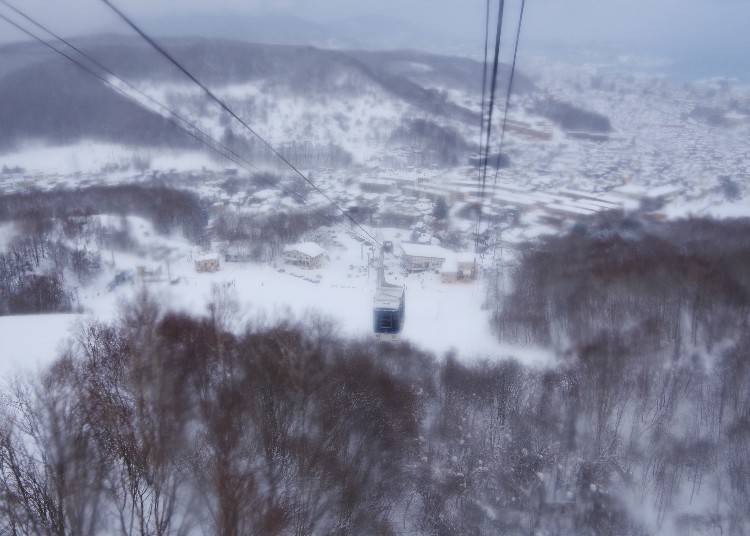
Once you arrive at the mountaintop station, after about a 5-minute ride, take some time to enjoy the view. There are several observation areas, all conveniently located near each other, offering similar breathtaking views of Otaru. One recommended spot is the Tengu Sakura Observatory. It has a spacious area with chairs, perfect for capturing some memorable photos.
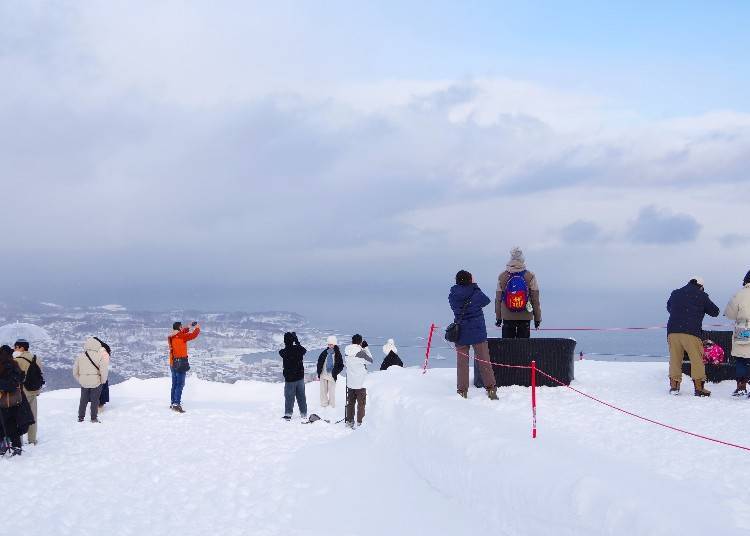
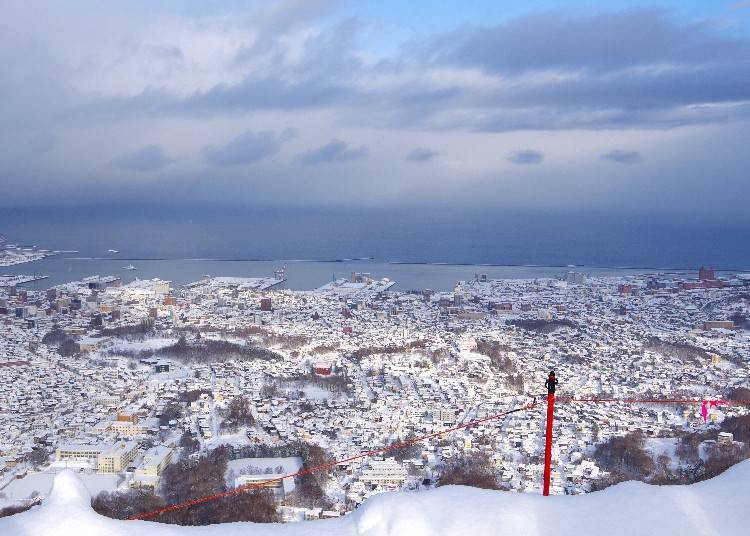
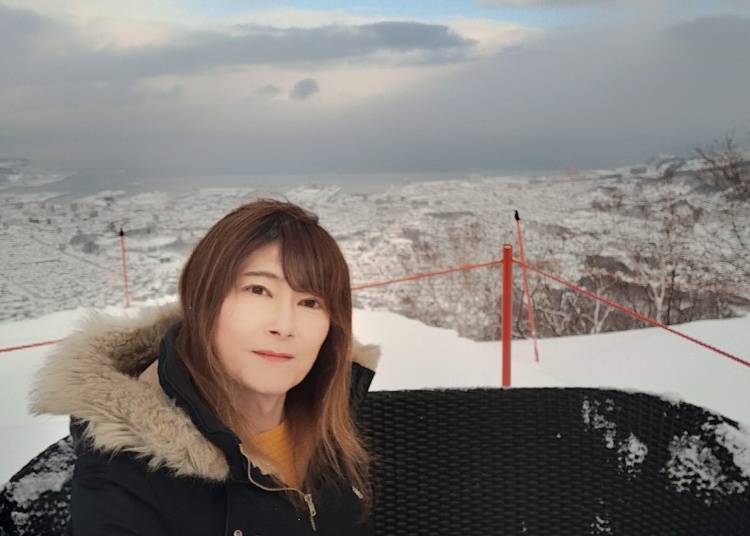
You'll find a souvenir shop at the mountaintop station building, the TENGUU CAFE, where you can enjoy spectacular views, and an exhibition corner dedicated to the "Tengu," for which the mountain is named.
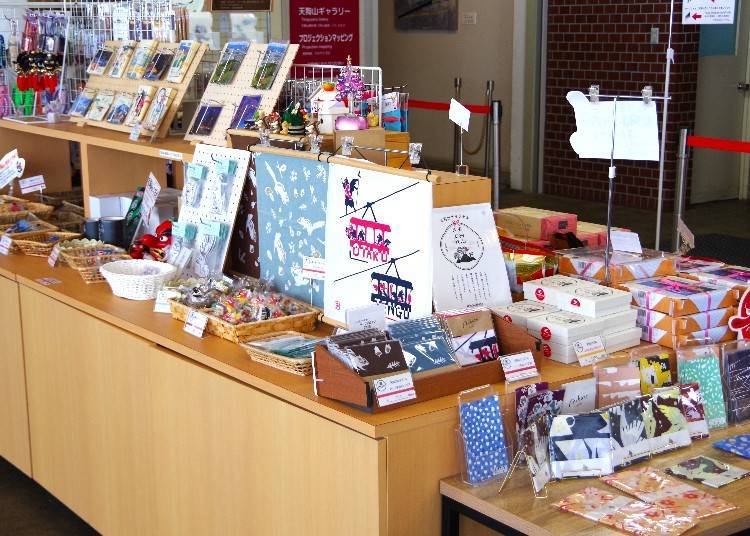
The Tengu is an incarnation of the deity Sarutahiko in Japanese mythology, characterized by a bright red face and an extremely long nose. Tengu are believed to possess magical powers, and there are legends that touching the long nose of a Tengu wards off evil spirits or grants wishes.
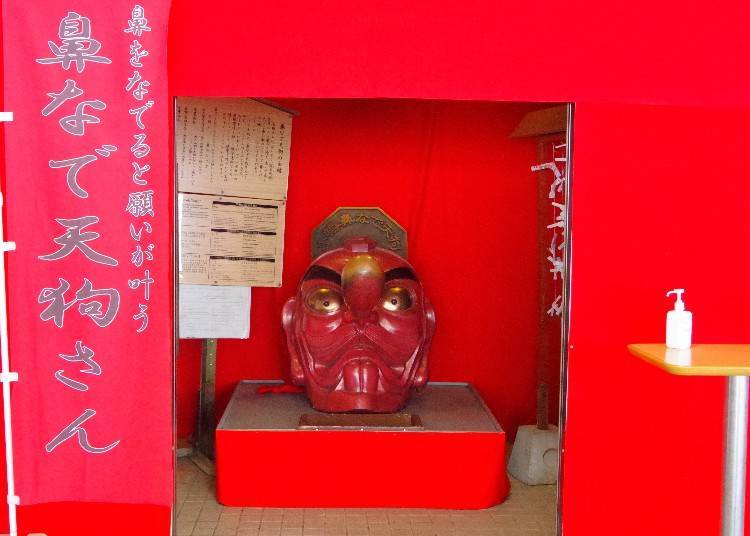
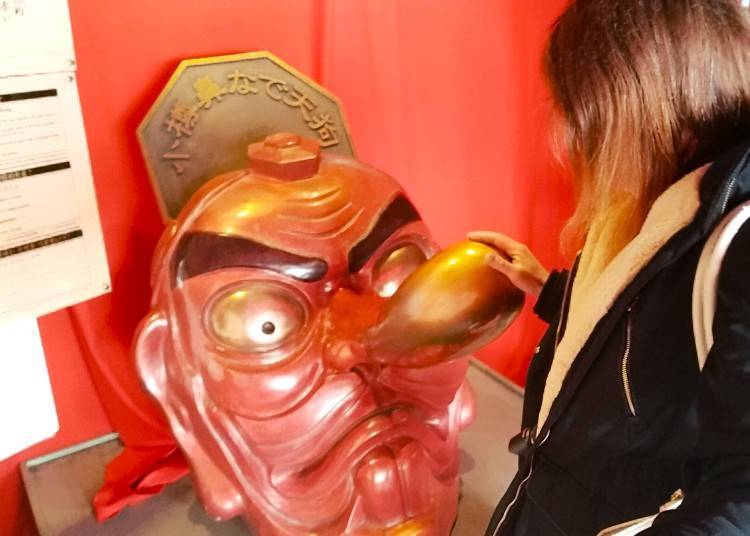
At TENGUU CAFE, you can enjoy dishes from hamburgers to ramen, along with coffee, soup, and soft-serve ice cream, all while overlooking the city and sea through large windows. (Food service is suspended from 2 PM to 4 PM.) It operates on a one-order-per-person system, where you place your order and pay upon entry before being seated inside.

Here, Nobuka recommends trying the Tengu Soft Serve (400 yen). It features soft serve ice cream made with Hokkaido milk, topped with a "karinto" (a traditional Japanese deep-fried snack) and resembles the Tengu's nose.
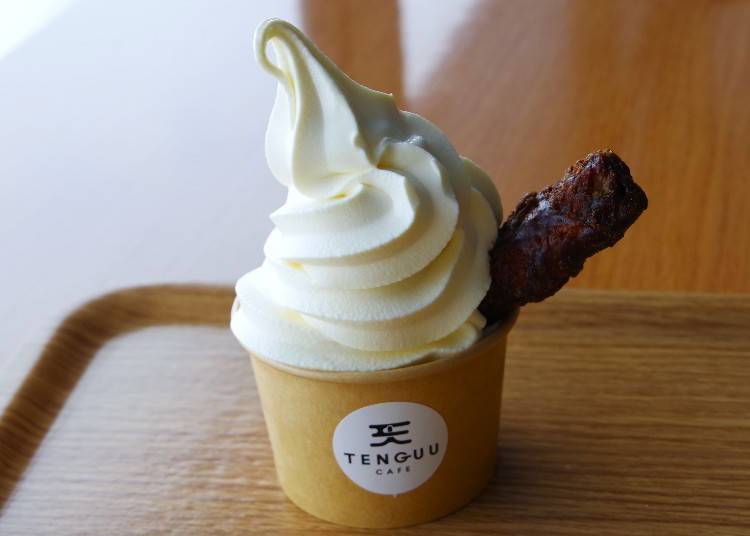
Once you've taken a break at the café or done some shopping, it's time to enjoy the night view. In mid-February, the sun generally sets around 5 PM.
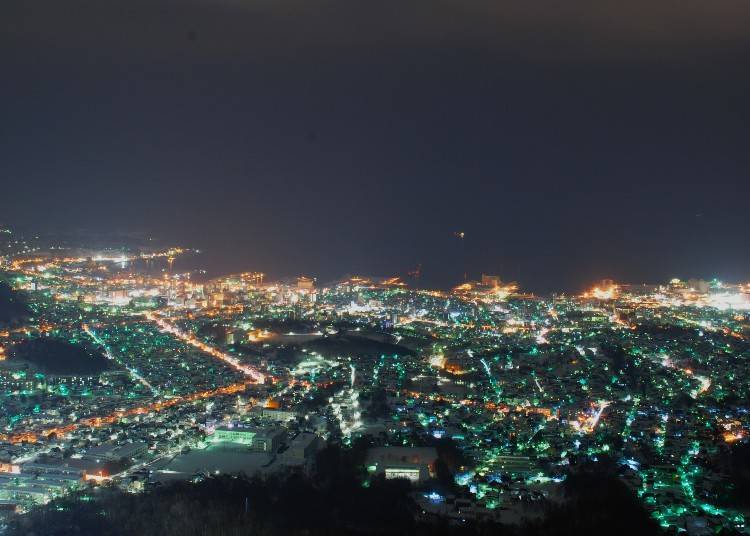
In the evening, the crowd tends to increase significantly, so make sure you have some extra time set aside for the return trip on the ropeway and bus.
- You can check the weather conditions on the mountain top and the ropeway operation status through live camera footage available on the official website.
- English signs are available for ropeway operation updates, boarding instructions, and café menus, with some also provided in Chinese and Korean.
-
Otaru Tenguyama Ropeway小樽天狗山ロープウエイ
- Address 2 Chome-16-15 Mogami, Otaru, Hokkaido 047-0023
- Phone Number 0134-33-7381
・Hours: 9 AM - 9 PM (Last ascent 8:48 PM)
・Ropeway round-trip fare: Adults (junior high school students and older) 1,600 yen, elementary school students 800 yen, preschool children 1 free per adult
・Closed: Open daily except late March to late April, early November to late November (for maintenance inspections)
#6. Enjoy the Sparkling Night at Otaru's Night Spots
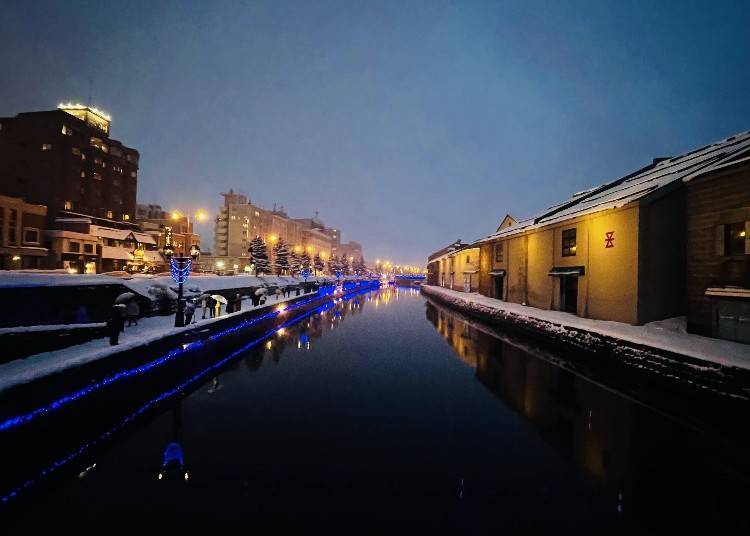
Otaru is a picturesque town even at night. While the view from Mt. Tengu offers a splendid night panorama, the town itself also boasts beautiful sights. The gas lanterns along the Otaru Canal and the illuminated vintage building throughout the city are just some of the scenes worth capturing in photographs.
Once you return from Mt. Tengu, consider taking another stroll through town. Especially during the Otaru Snow Light Path Festival, exploring the streets at night is a must. You'll be treated to enchanting snowy landscapes that are truly awe-inspiring.

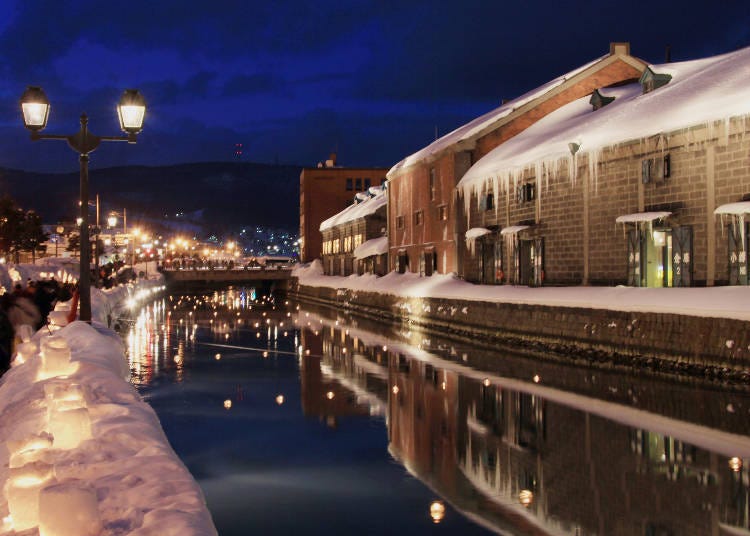

As a port city, Otaru offers an abundance of fresh seafood. There are plenty of restaurants where you can enjoy sushi and seafood bowls. If you're wondering where to have dinner, you might find the following article helpful:
- Within a 10-minute walk from Otaru Station, you'll find a variety of dining options. Additionally, about a 15 to 20-minute walk from Otaru Station, you'll reach the Hanazono district, a lively area popular among locals. Taking a taxi is a convenient option for getting around.
Recommended Tours to Enjoy Winter in Otaru
In this article, we've primarily focused on exploring Otaru as an individual traveler. However, there are guided day tours available for those who prefer a more structured experience or wish to travel in a group. Here are a few day tour options:
Private Walking Course from Sapporo to Otaru
Enjoy a private walking tour of Otaru from Sapporo with a guide. Customize the itinerary to visit your favorite places and enjoy a personalized travel experience.
Languages available: Japanese and English
Sapporo International Ski Resort + Otaru Aquarium Day Trip Course
This is an affordable tour that includes a 90-minute skiing experience at the Sapporo International Ski Resort on the outskirts of Sapporo, led by a Chinese instructor, followed by a visit to the Otaru Aquarium, where you can observe activities like penguins' snow walks.
Languages available: Japanese, English, Chinese
Otaru is a city full of nostalgic scenery, delightful shopping, and gourmet dining. No matter when you visit, it's always charming, but in winter, the snow-covered streets add an extra facet of beauty. Winter in Otaru sparkles with events unique to this snowy city. For those considering a winter trip to Otaru, be sure to keep Nobuka's recommendations in mind for inspiration.
*The information in this article is accurate as of February 2024. Please verify the latest information on official websites.
Written by:

- Area
- Category
*Prices and options mentioned are subject to change.
*Unless stated otherwise, all prices include tax.
Limited time offer: 10% discount coupons available now!
Recommended places for you
-
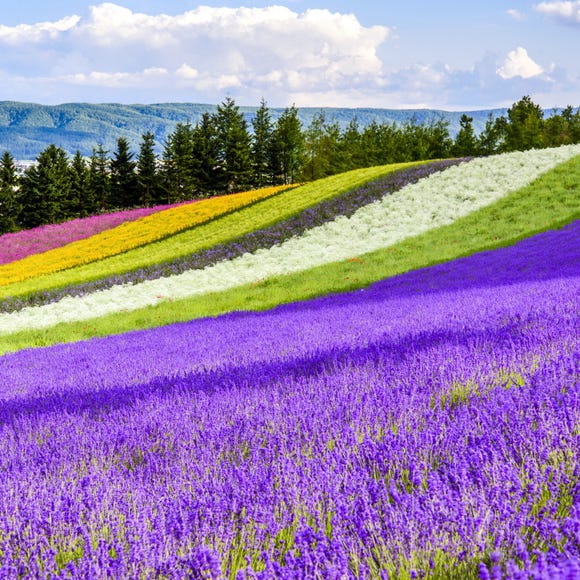
Farm Tomita
Other Nature
Furano / Biei / Sounkyo
-
Appealing
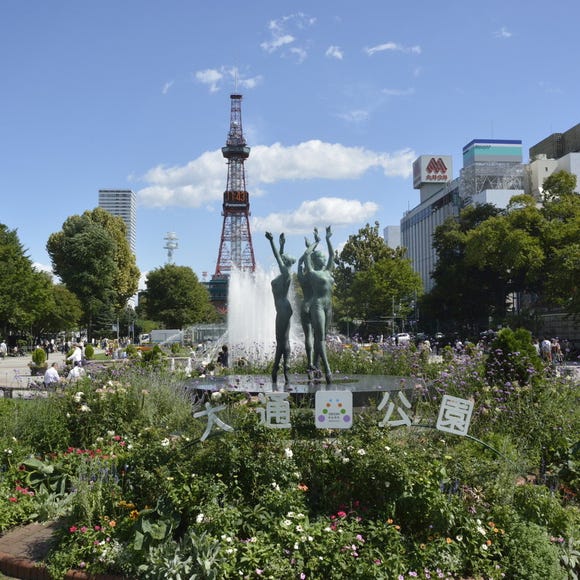
Odori Park
Parks
Sapporo / Chitose
-
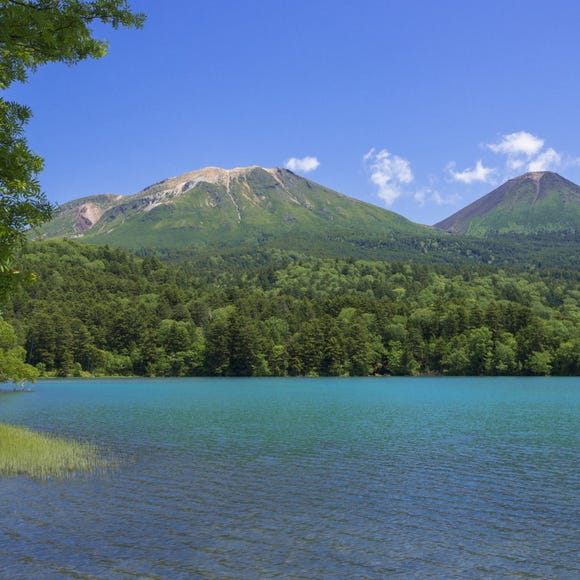
LakeAkan
Rivers, Lakes & Canyons
Abashiri
-
Appealing
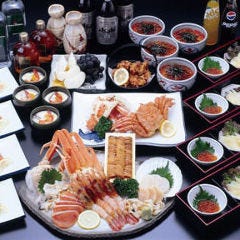
Rukku and Uohei
Izakaya
Sapporo / Chitose
-
Appealing
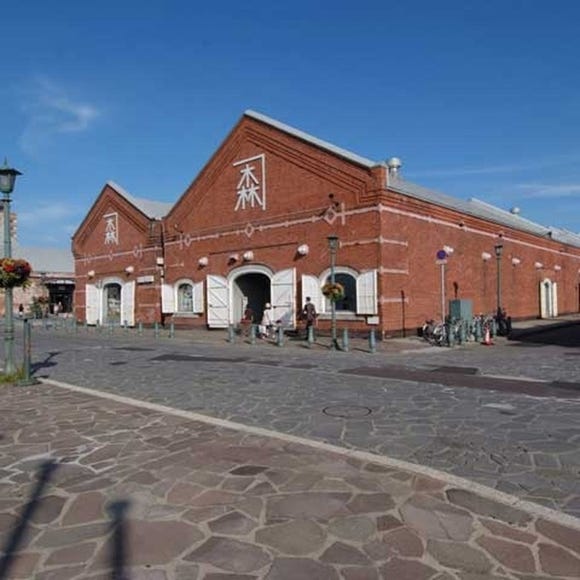
Kanemori Red Brick Warehouse
Shopping Malls
Hakodate
-
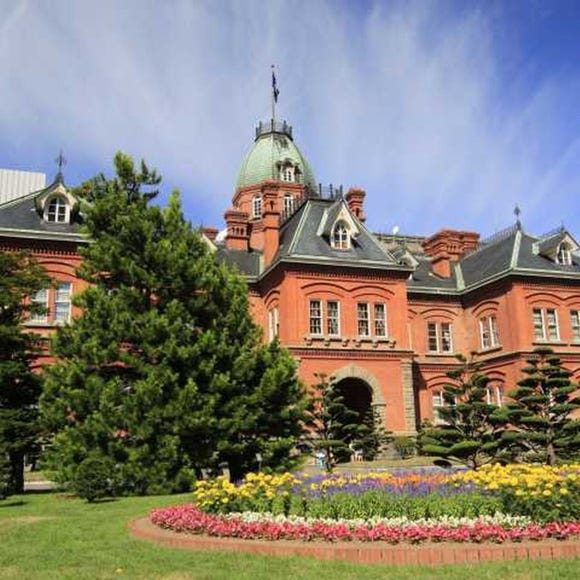
Former Hokkaido Government Office Building (Red Brick Office)
Other Historic Sites
Sapporo / Chitose
-
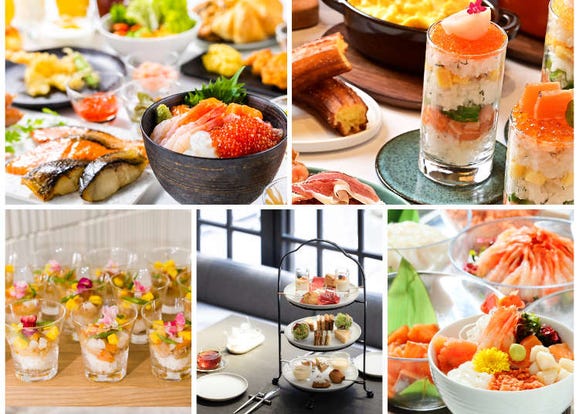
Expert-Recommended! 5 Otaru Hotels with Great Breakfasts
-
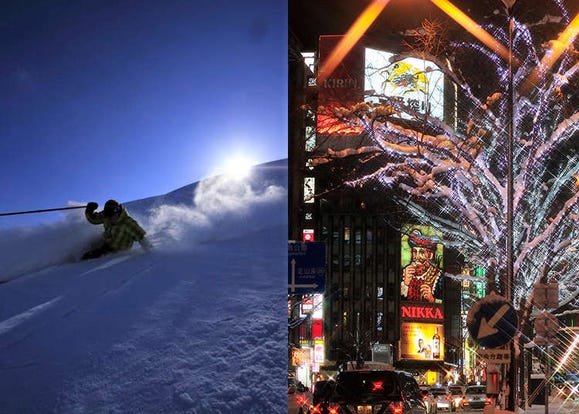
1-Day Winter Adventure in Sapporo (Hokkaido): Enjoy Snow by Day, Food by Night!
-
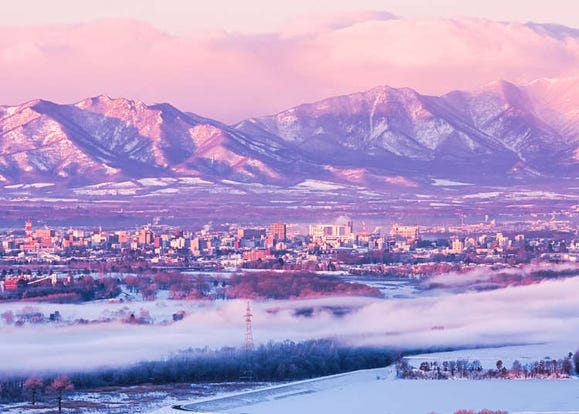
Your Trip to Obihiro (Hokkaido): The Complete Guide - Activities, Hotels, Savers & More
-
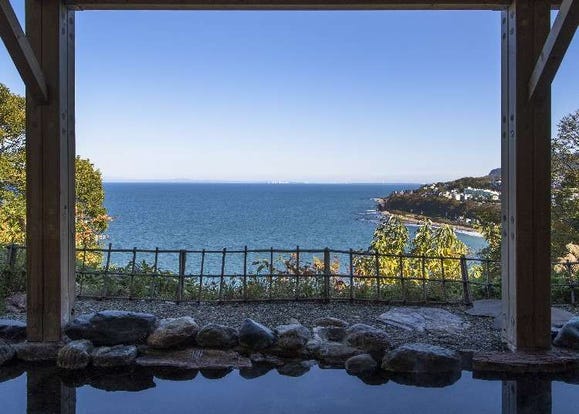
Travel Expert-Recommended! 5 Onsen Hot Spring Hotels & Inns in Otaru (Hokkaido)
-

Expert-Recommended! 5 Sapporo Hotels with Great Breakfasts
-
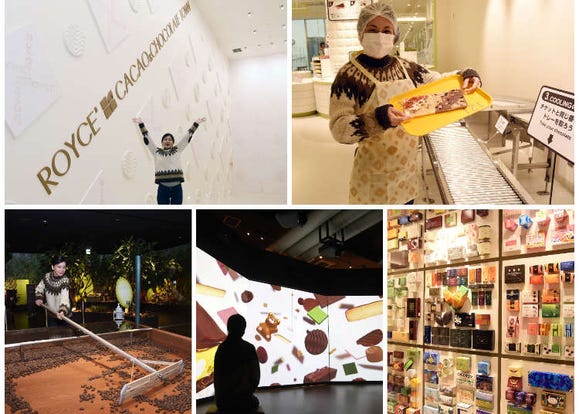
Hokkaido's ROYCE' Cacao & Chocolate Town: Fun Factory Tour & Chocolate Making Experience
-
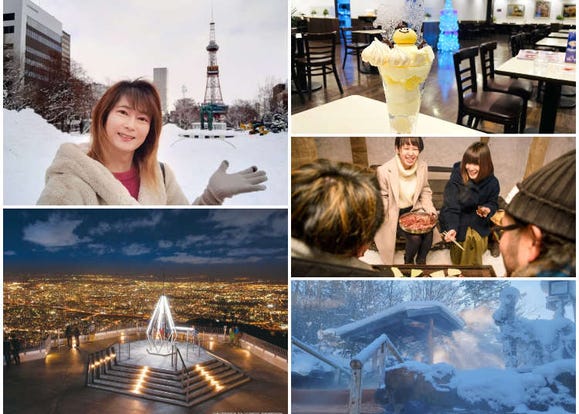
Local Recommended: 1-Day Itinerary for Enjoying Sapporo's Winter Wonderland (Hokkaido)
-
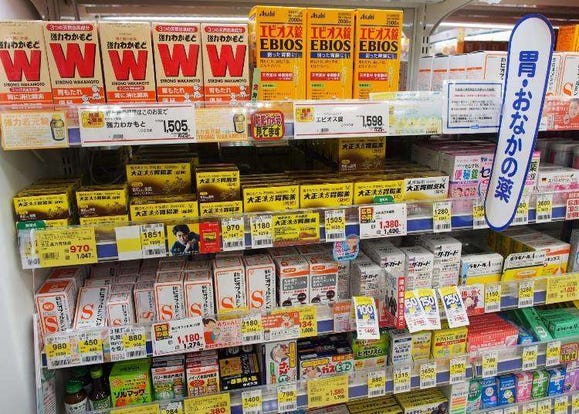
Complete Guide to Buying Japanese Medicine in Japan: Phrases and Vocabulary You Need to Know
-
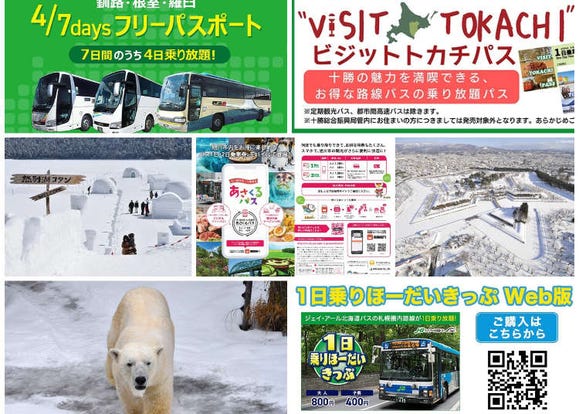
Enjoy Hokkaido's Winter Wonderland: 5 Recommended Bus Passes by Area
-
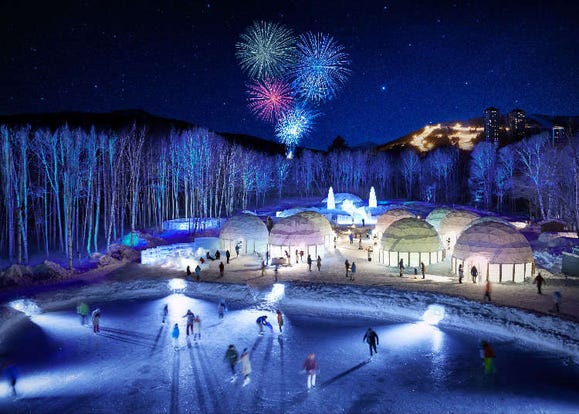
Top 10 Things to Do in Hokkaido During the New Year Holidays (2022–23 Edition)
-

4 Day-Trip Snow Activities to Enjoy in Sapporo: Snowmobiling, Horseback Riding & More
-
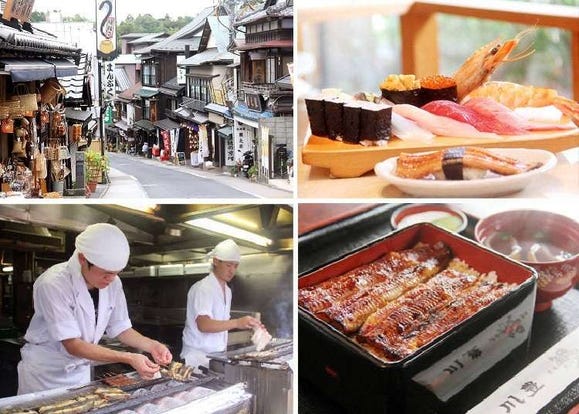
(Video) Walking Tour along Narita Omotesando - Quaint Historical Village near Narita Airport!
- #best sushi hokkaido
- #things to do hokkaido
- #best ramen sapporo
- #what to bring to japan
- #new years in tokyo
- #what to buy in ameyoko
- #japanese nail trends
- #what to do in odaiba
- #onsen tattoo friendly tokyo
- #daiso
- #best sweets otaru
- #japanese fashion culture
- #best nature furano
- #japanese convenience store snacks
- #best japanese soft drinks













